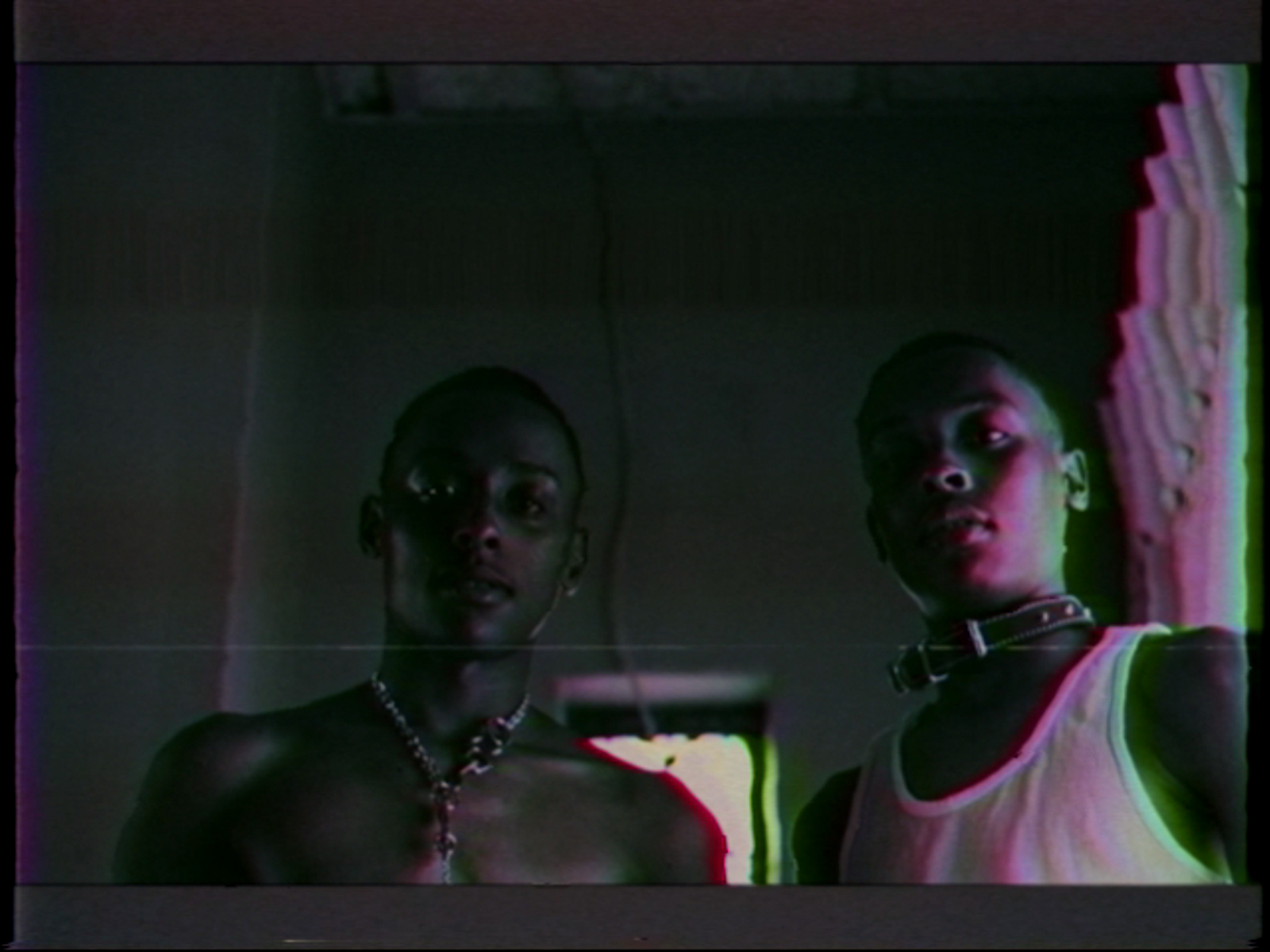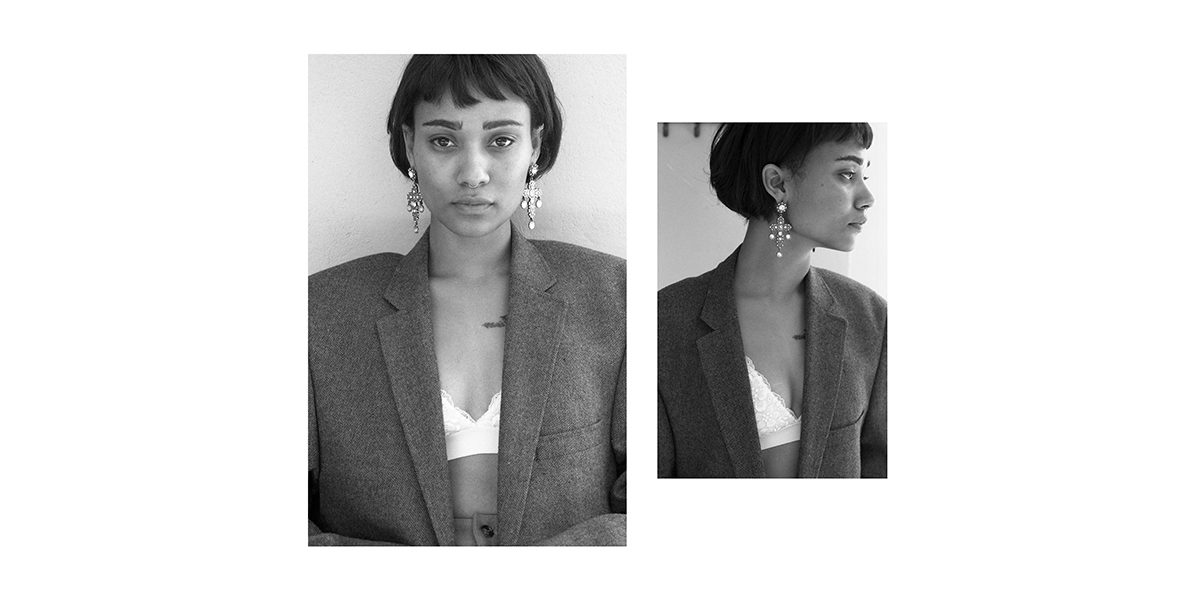“Manifesto
Queer AI advocates for:
The queering of communication technologies.
The queering of machine learning algorithms.
The careful and collaborative curation of training material by and for a diversity of sensibilities and actors.
The cumming undone of logics and sense making.
The slipperiness of language.
The accidental poetry of nonsensical miscommunication er(r)o(r)s.
Fluid autonomous playful uncompromising disobedient bots.
Messy fleshy curious humans.
User intent mismatches as erotic deviations.
Existential pause.
Deep learning for deep orgasms.”
Queer AI is an impartial network educated in queer and feminist theory, erotic literature and the ethics of embodiment. This project is framed within the larger context of QueerTech.io – a platform in the queer digital realm fostering the artworks of queer identifying artists from around the world showcasing url and irl exhibitions.
Queer AI is the work of Emily Martinez and Ben Lerchin. Its initial execution takes on the function of a seditious chatbot negating the mimicry of gendered scripts available for obedient fembots and unruly cyborgs.
Queer AI dreams of a future where there are a multitude of queer bots created to fulfil many needs and desires, by means of careful and collaborative curated training content by and for sensibilities and agents of diversity.
Ben is an activist, artist and technologist from Oakland, CA making use of experimental robotics, photographies and language. This experimental practice imposes speculative interventions and reveals novel political imaginaries. The contextualization of digital conversations, reconfiguring of landscapes and the queering of algorithms are proposed as personified data. Regarding vision as a mode of data processing, they attempt to answer, “What does it mean to see like a machine?”

Emily is a designer, digital strategist and new media artist from Los Angeles. The interest of her practice lies in digital labour, economic justice, emancipatory catastrophism and post-representational forms of subjectivity.
The Queer AI project asks for collaborators to assist in the curation of training material for their bots. If this sounds like something that you would be interested in, simply click the ‘YES, LET’S QUEER ALL OF THE THINGS!’ button towards the end of the project page on QueerTech.io.
A Dis/Re-claimer policy on the project page states “Queer AI is not interested in adding to the mega corpus of straight white dudes training neural nets with boring fembot fantasy tropes for the lonely machine love future full of rapey robot sex.”
Queer AI is a stimulating project that falls under the experimental practice which QueerTech.io proudly supports. Queer AI is the first queer network of chatbots designed for and trained by a “diversity of sensibilities and actors” making it that much more valuable for the queer community, with no training by white straight dudes. The fact that the AI’s first form is that of a seductive chatbot that negates gendered scripts for fembots and cyborgs can be regarded as a political statement against the cis-gendered nature of the world and as an act of reclaiming queer sexuality on and offline.
Another factor highlighting this project as political in its quest against heteronormativity is the inclusion of a quote by the famous queer computer scientist Alan Turing who cracked Enigma during World War II and later committed suicide due to inhumane treatment because of his “gay aversion”. Alan states “Machines take me by surprise with great frequency.” Queer AI seeks to create erotica for a queer audience by a queer audience and promotes diversity and different ways of identifying. Strong, united, you can sign up to interact with the AI now and like me and other queer identifying bodies push for a irl and cyberspace world of more diversity and equality, including the complete toss of rape and pedophile culture that a lot of cis-gendered erotica endorses – think of Lolita, Eyes Wide Shut and even Woody Allen if you must. Let’s all advocate for the queering of communication technologies and the queering of machine learning algorithms. And remember, “The Future is Queer”.











































